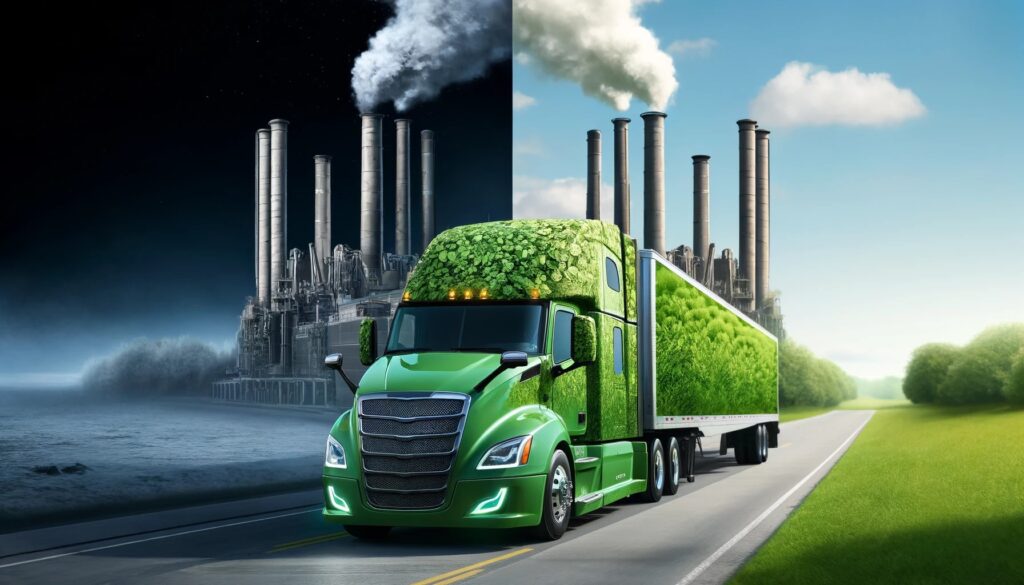
The trucking industry stands on the brink of a major transformation, driven by the Environmental Protection Agency’s (EPA) latest move to introduce stringent emissions standards for trucks and buses. This initiative, part of a broader strategy to combat climate change, aims to significantly reduce the carbon footprint of one of the transportation sector’s largest contributors to greenhouse gas emissions.
For truck drivers and company owners, these new regulations mark a shift towards more environmentally friendly practices. The transition to greener technologies is expected to entail substantial financial investment, particularly for smaller operators who may find the cost of upgrading fleets daunting. Despite these challenges, the move towards reducing emissions is seen as a necessary step in aligning the trucking industry with global sustainability goals.
The adoption of cleaner, more fuel-efficient vehicles is anticipated to offer long-term benefits, including potential savings on fuel and maintenance costs. Moreover, the shift could lead to improved health outcomes by contributing to cleaner air quality. For the industry, embracing these changes presents an opportunity to innovate and possibly access new markets or incentives tied to environmental compliance.
Yet, the path forward is not without its hurdles. Ensuring a smooth transition for all stakeholders—especially those concerned about the immediate financial implications—requires thoughtful planning and support. This includes seeking out grants, subsidies, or financing options designed to ease the burden of fleet upgrades.
As the trucking industry navigates these changes, the role of drivers and company owners becomes increasingly critical. Staying informed, engaged, and proactive in adapting to new standards will be key to making the transition successful. With a collective effort, the trucking industry can drive towards a future that not only meets regulatory demands but also contributes to a more sustainable and healthy planet.












